
Photography Capturing Moments in Time & Space


Photography Objectives
- Describe different ways photographs have been, and are currently used, in science.
- List basic photographic principles that can be used to capture information about animal structures and behaviors.
Science photos are forms of data that can reveal hidden worlds and extend the potential of human observation.
People often ask us why we picked science careers. Study sites like this one are part of the reason. This section introduces science photography.
These are Juga snails that were part of a research project looking at the impact of clear cutting (complete removal of trees) on stream organisms.
Snails were photographed to determine approximate sizes at different time in a growing season to determine growth rates.
Photography is now used extensively in science to extend observational range.
Photography History
Microscope Photography
Since science is based on observation and organism structures can be quite small, magnification has been key in understanding biological phenomena
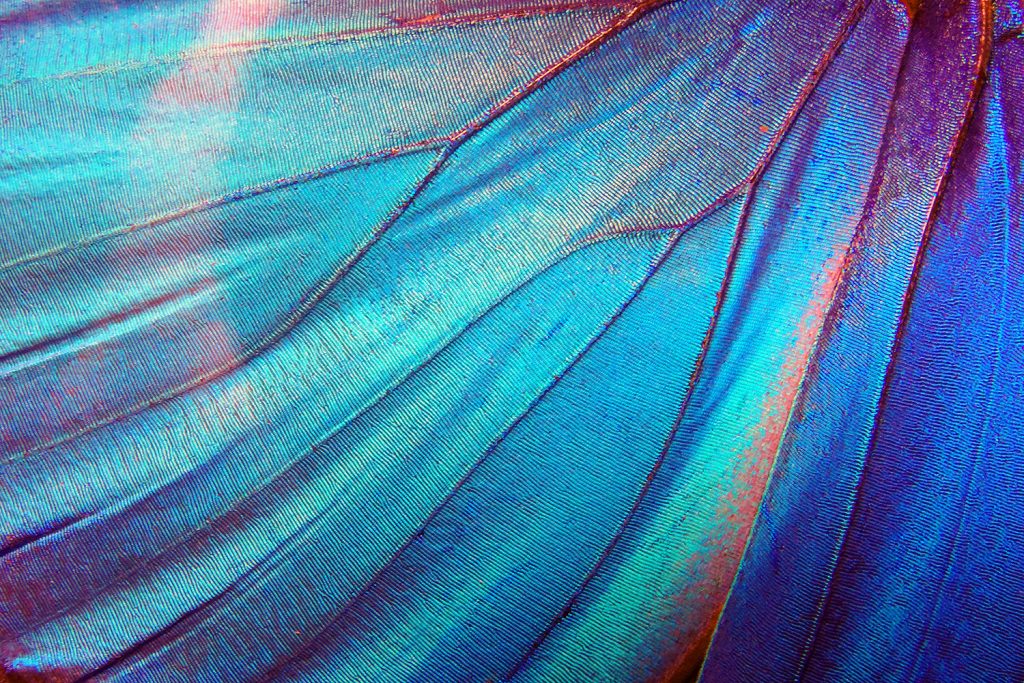
Light (optical) microscope
Up to 2000x, the most commonly used microscope.
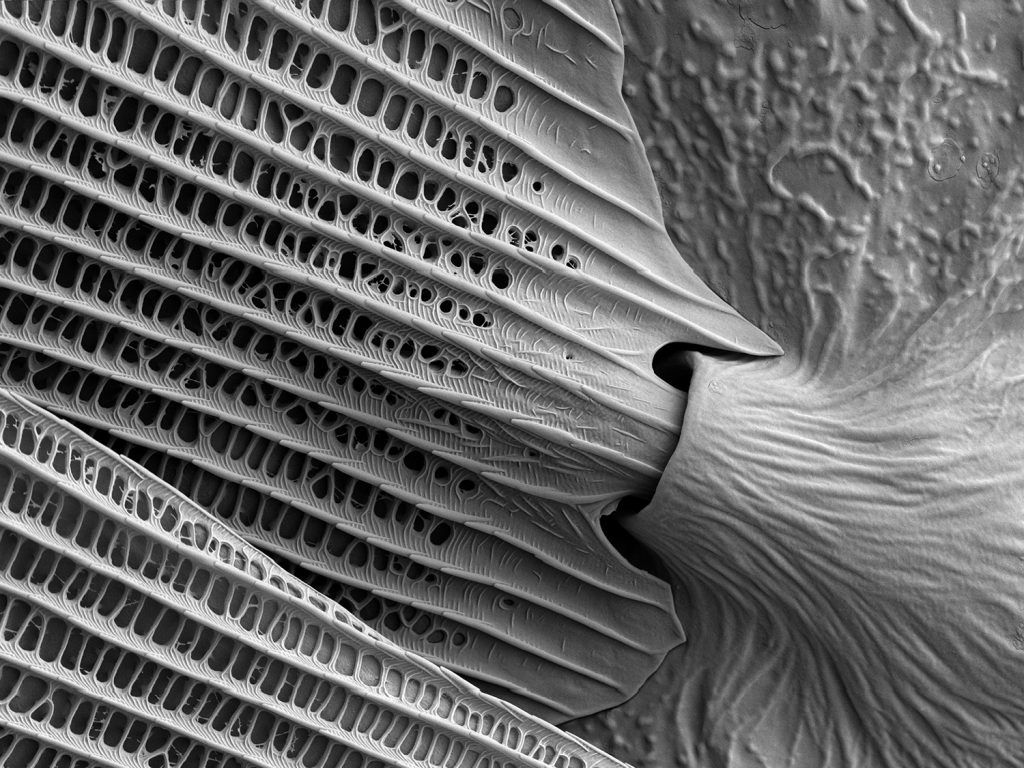
Electron microscope
Up to 10,000,000x magnification.
Special Microscopic Imagery
In addition to enhanced magnification, special techniques can illuminate features that would otherwise be undetected by the human eye.
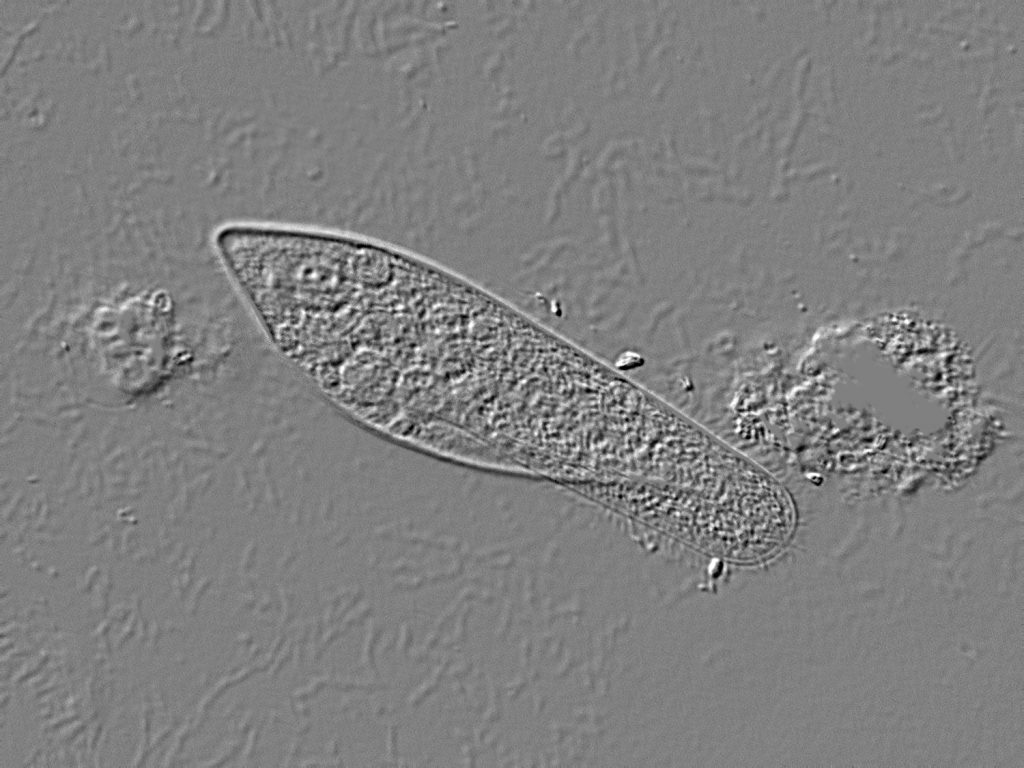
Live-cell imaging
Repeated images are captured to watch cellular activities
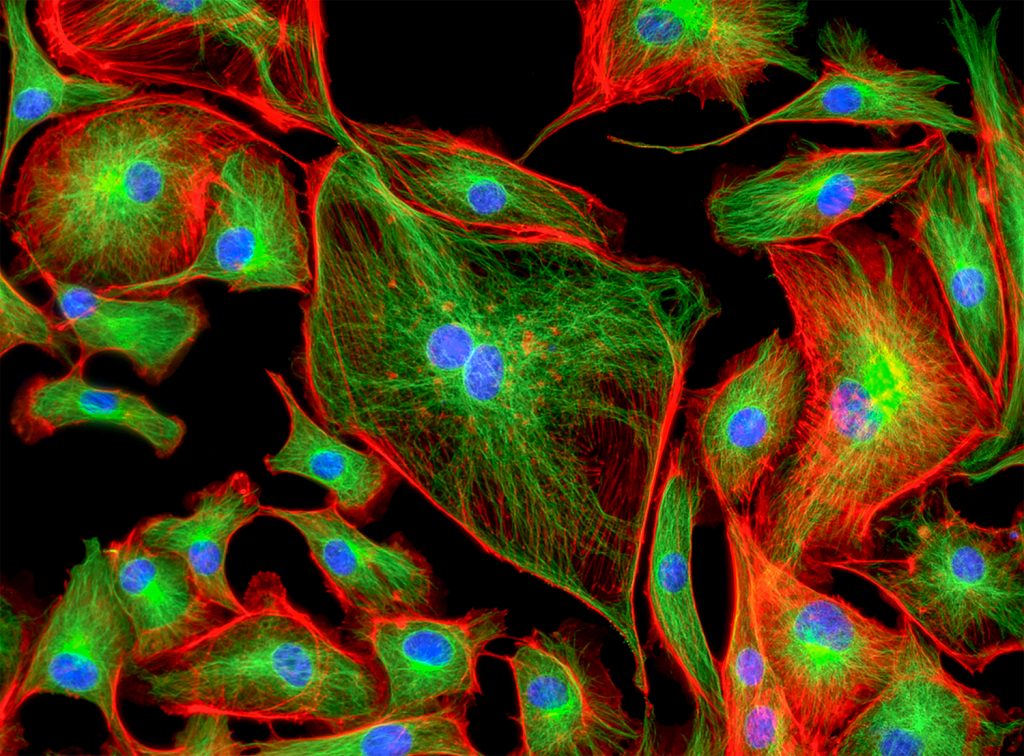
Fluorescence
Special lights and filters expand the range of light used to illuminate details.
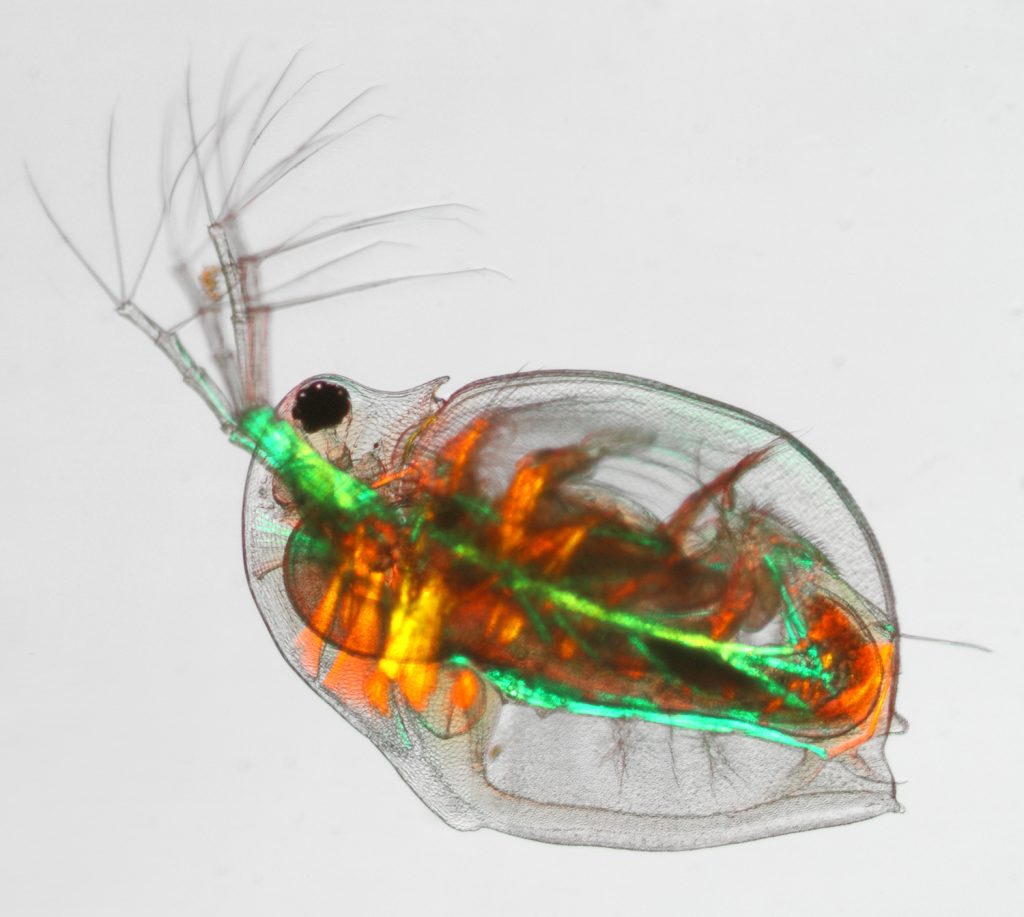
Polarization
Different light wavelengths are used to reveal otherwise unseen details.
Telescope Photographs
Observatories and space-based telescopes have extended photographs beyond the visible spectrum.
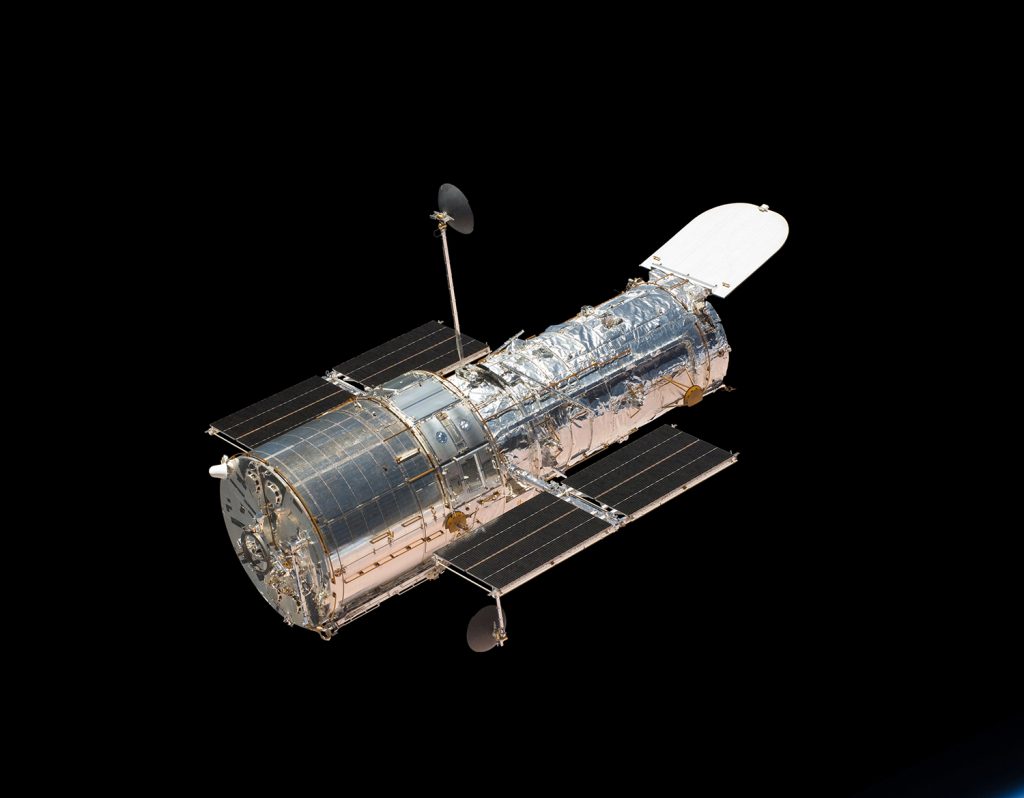
The Hubble Telescope
Super-optics: visible and some UV
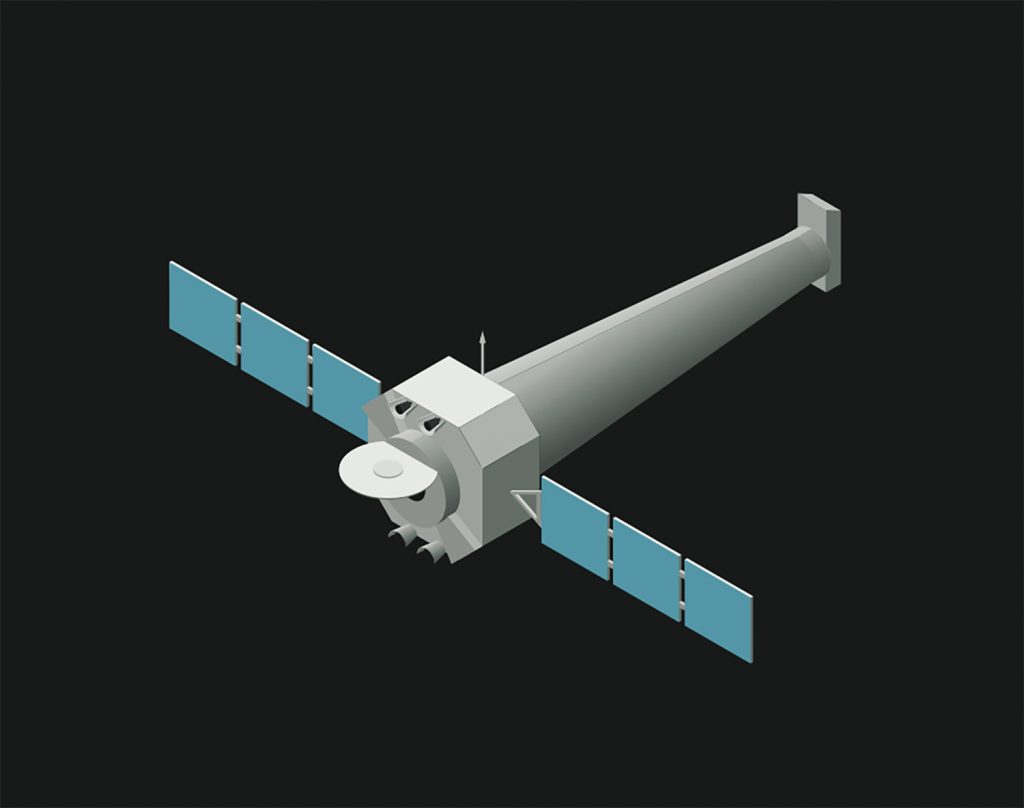
The Chandra Observatory
X-ray optics: x-ray astronomy
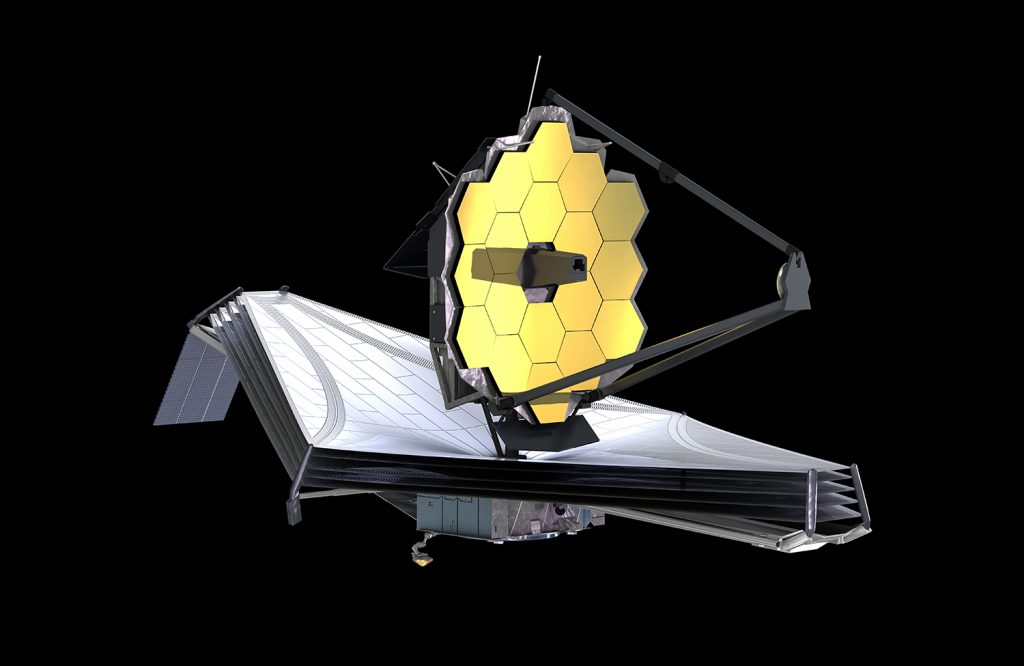
The Webb and Spitzer Telescopes
Infrared radiation
Are you producing excellent science photos?
These awards celebrate high quality photographs.

NSF's International Science and Engineering Visualization Challenge

Nikon's Small World
Animal Photography Basics
Effective photos convey information and basic planning can result in quality photographic data and stories.
This is our list: add to these based on your own experiences.
To-do in advance:
Tasks to complete prior to photography projects
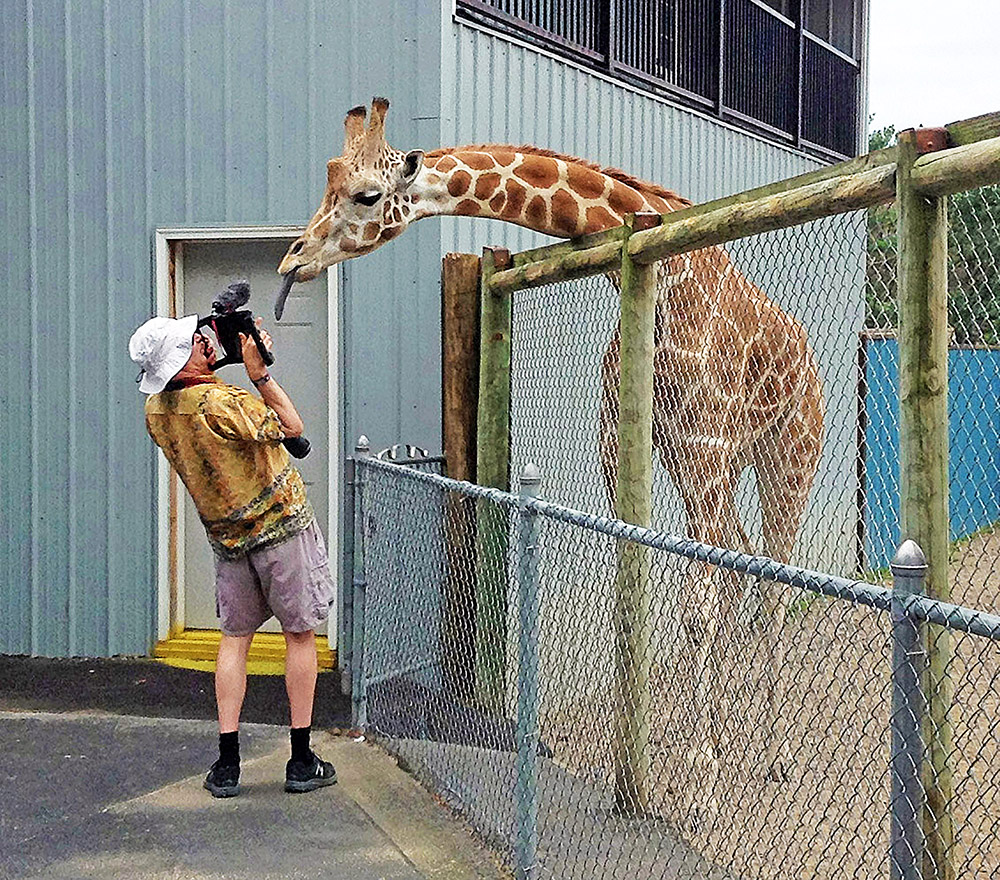
Know Your Gear
Find out what your camera can do, including exposure control, magnification, and focus. Practice rapid set-up, including setting up tripod mounts, lenses, and flashes.
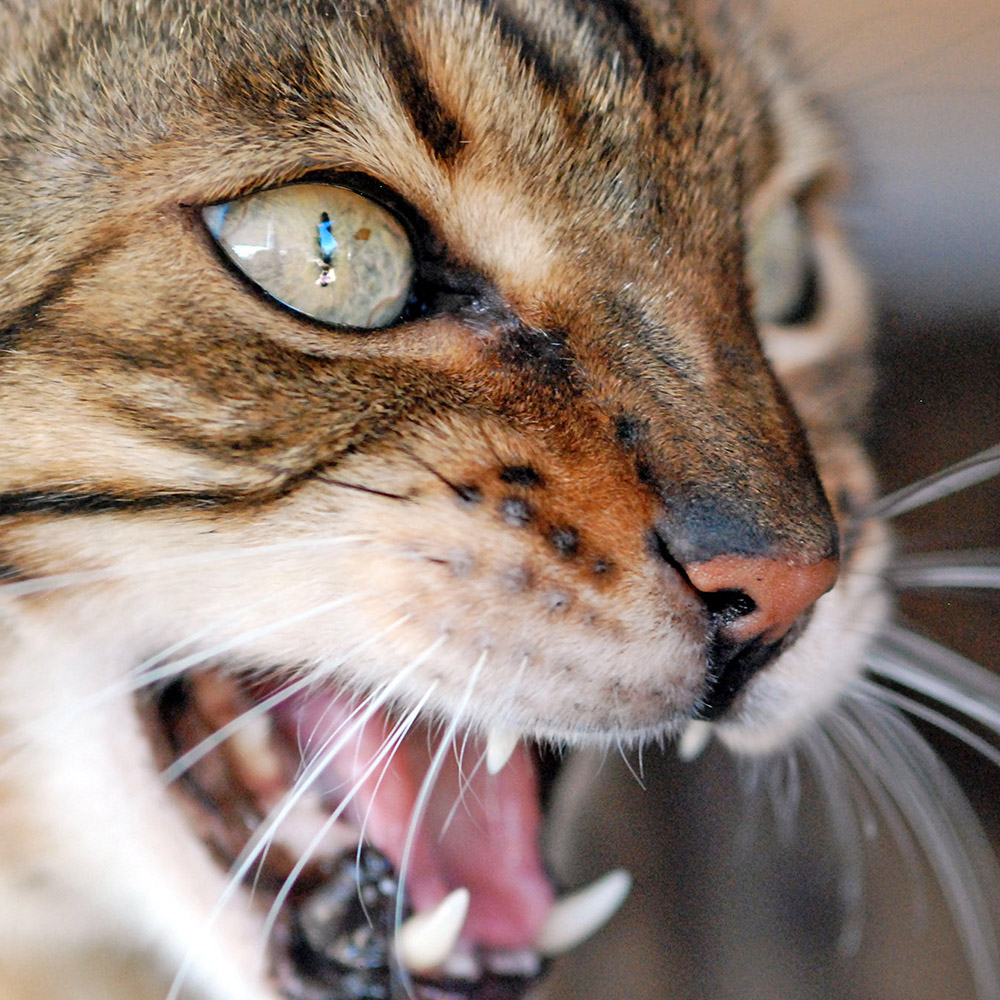
Know Your Subject
research the animal you are thinking of photographing, looking for special features, good poses, and something unique. Awareness of habitat, structures and behaviors make encounters more likely and productive.
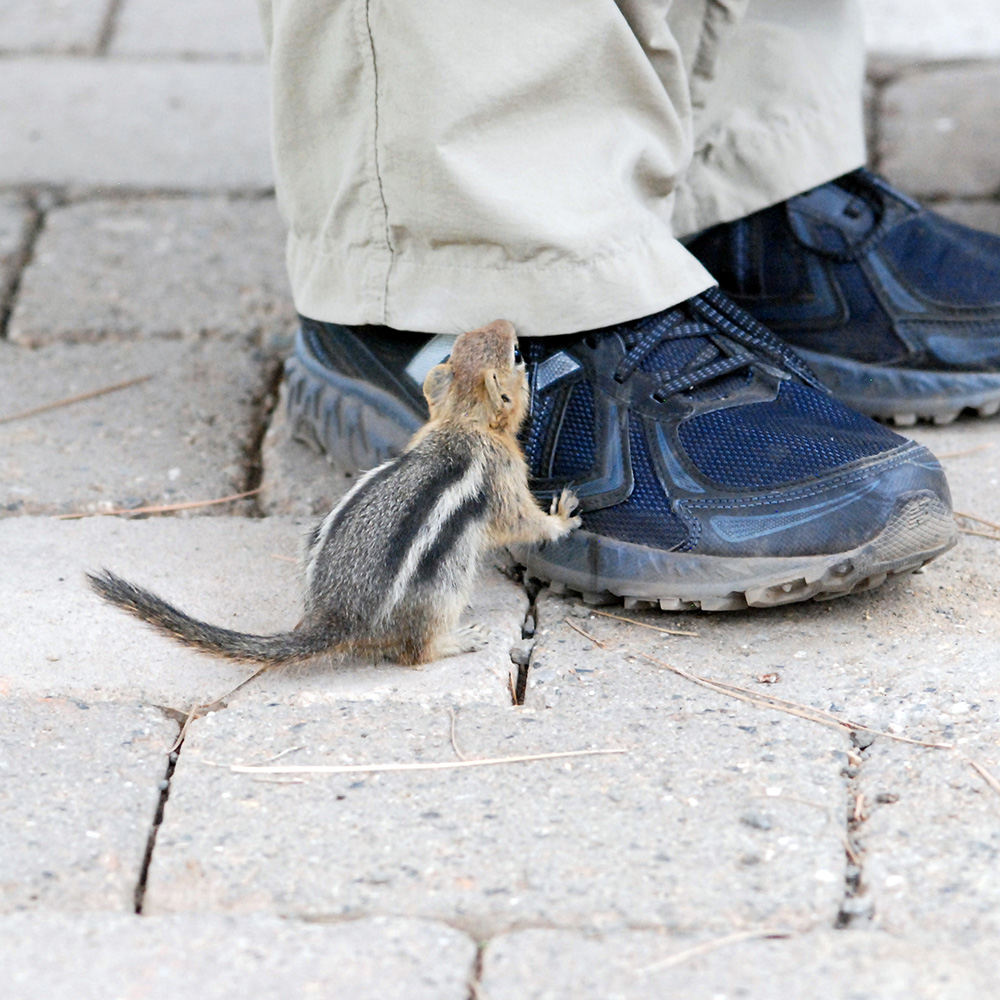
Carry Your Camera
Carry your camera with you whenever possible (battery charged, card empty). Sometimes less expensive more portable cameras are necessary to capture unexpected photos.
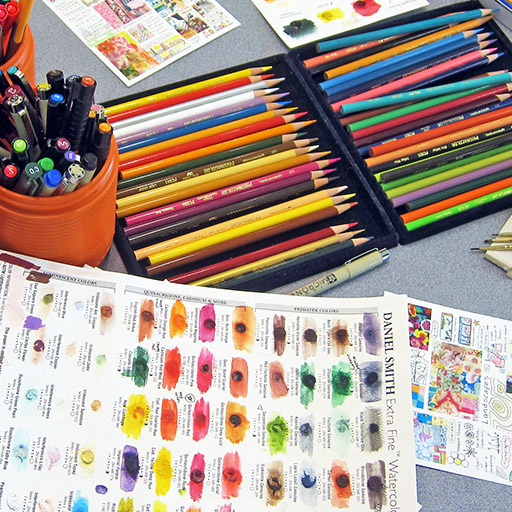
Alternate Activities
Some of the best animal photos take patience, waiting for the animal to arrive and strike the desired pose. Prepare alternate tasks to complete at the same time: reading, journaling, catching up on coursework.
To-do while photographing:
Review this list periodically to be prepared to capture animals in action
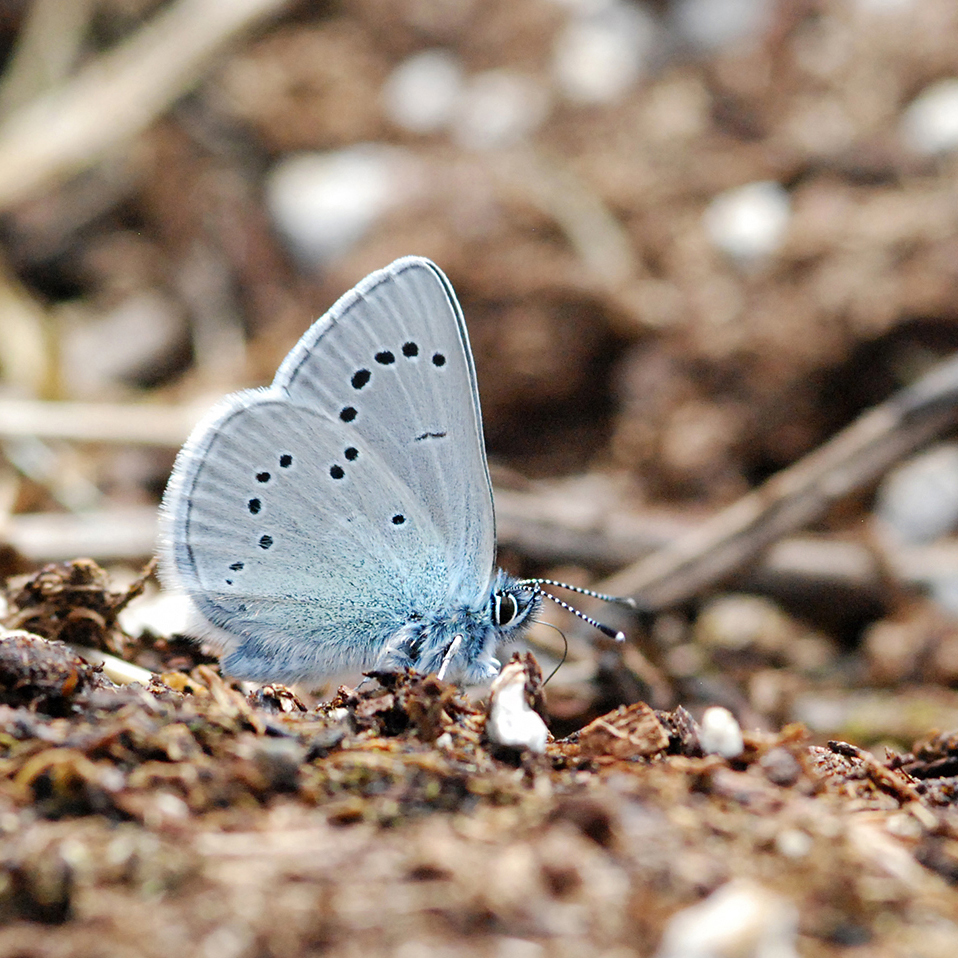
Pick Good Light
Dawn has the most reliable nature lighting, followed by dusk. Mid-day light can lead to overexposure which is difficult to correct. Get the light source behind you, whenever possible
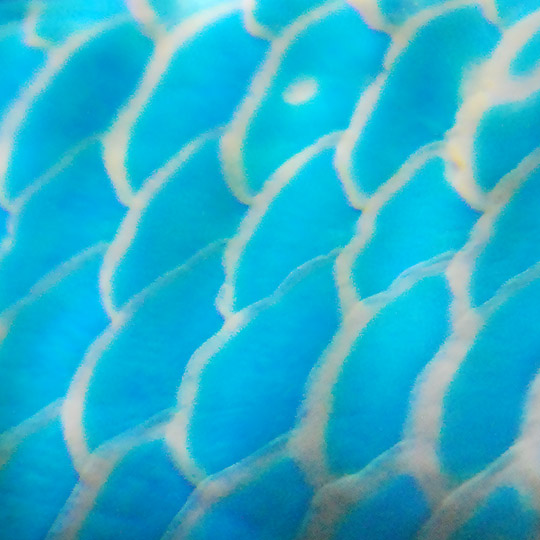
Numerous Photos
Some of the best photos are unintentional. Take numerous photos from different angles and at different settings; you can always delete later.
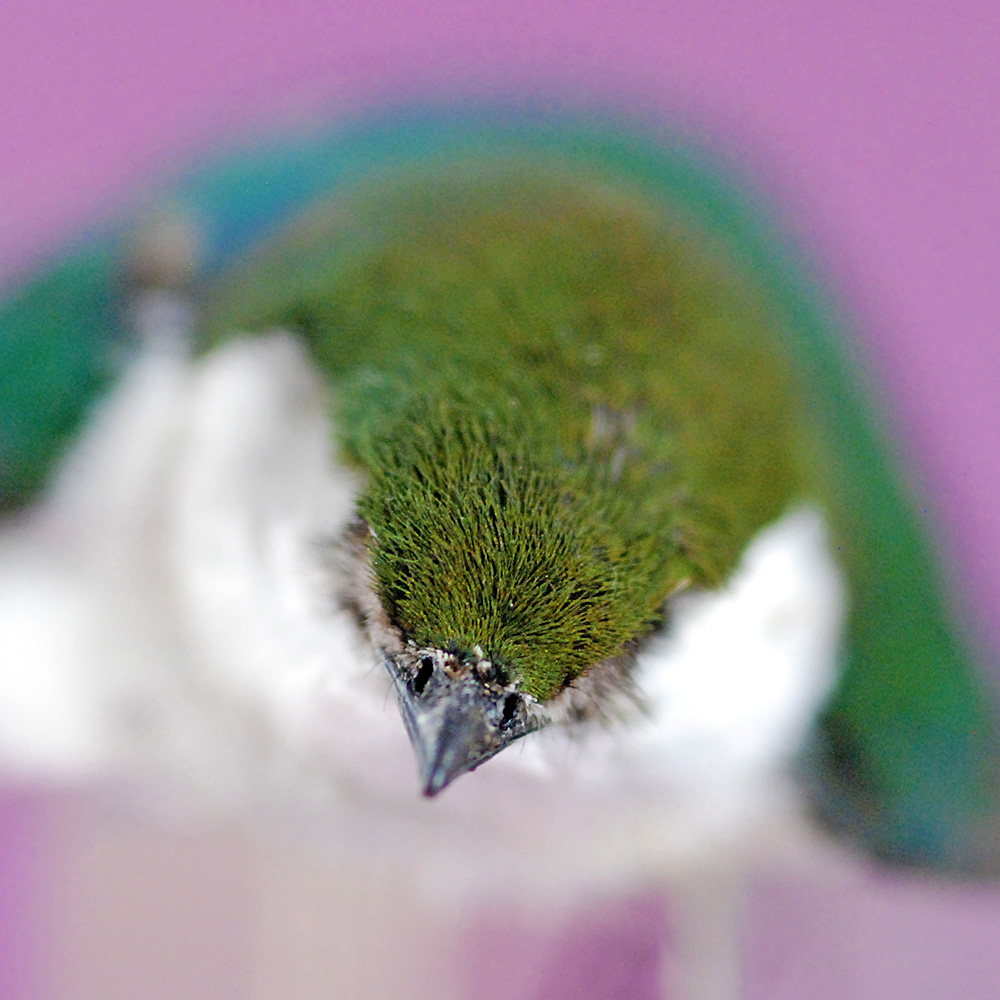
Different Lenses & Filters
Use different lenses and filters while taking photos and/or alter photos later on.
Adobe Photoshop and Lightroom offer advance photo editing options.
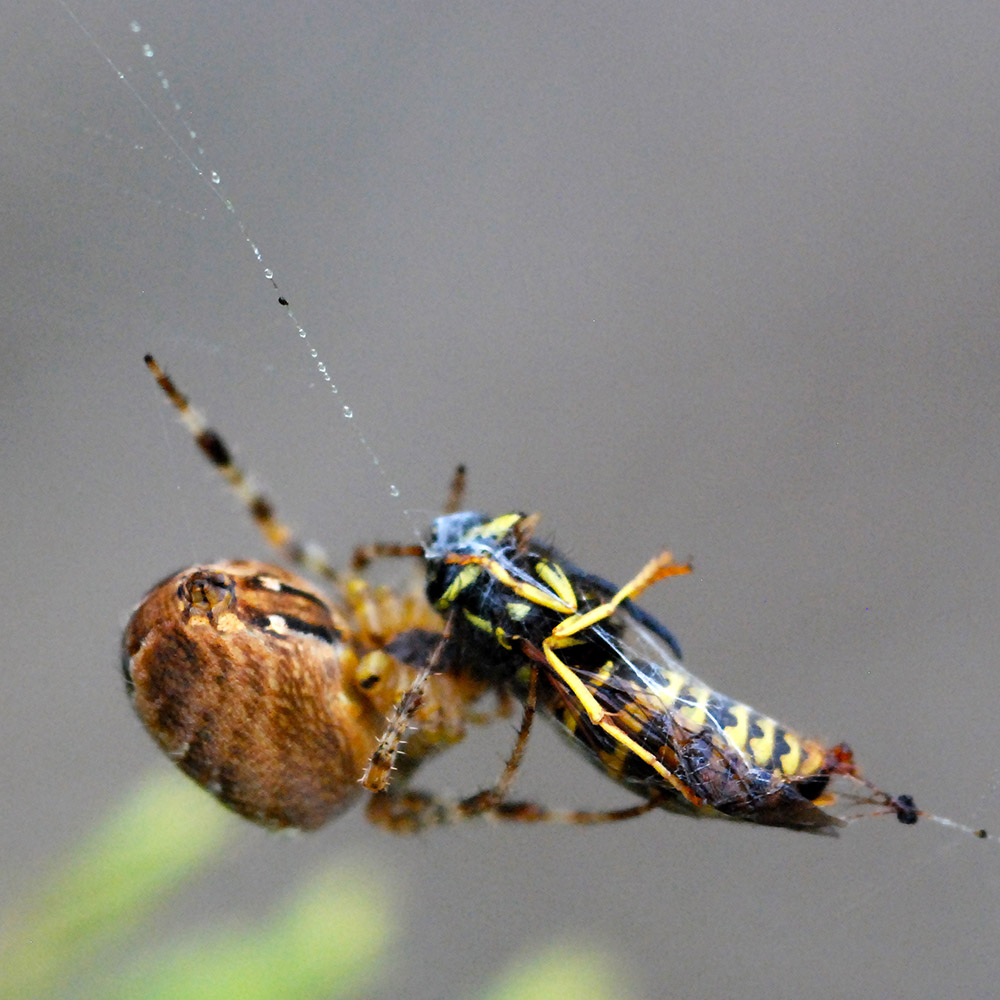
Different Perspectives
Treat photos like field notes, capture descriptive information, personal impressions, and multiple views (ground, eye level, overhead). Take a panoramic wide view and a narrow close view.
In the next section you will learn more about populations you will be studying for one of this module’s Population Analysis media assignment, including size and distribution.

Check your knowledge. Can you:
- describe different ways photographs have been, and are currently used, in science?
- list basic photographic principles that can be used to capture information about animal structures and behaviors?



